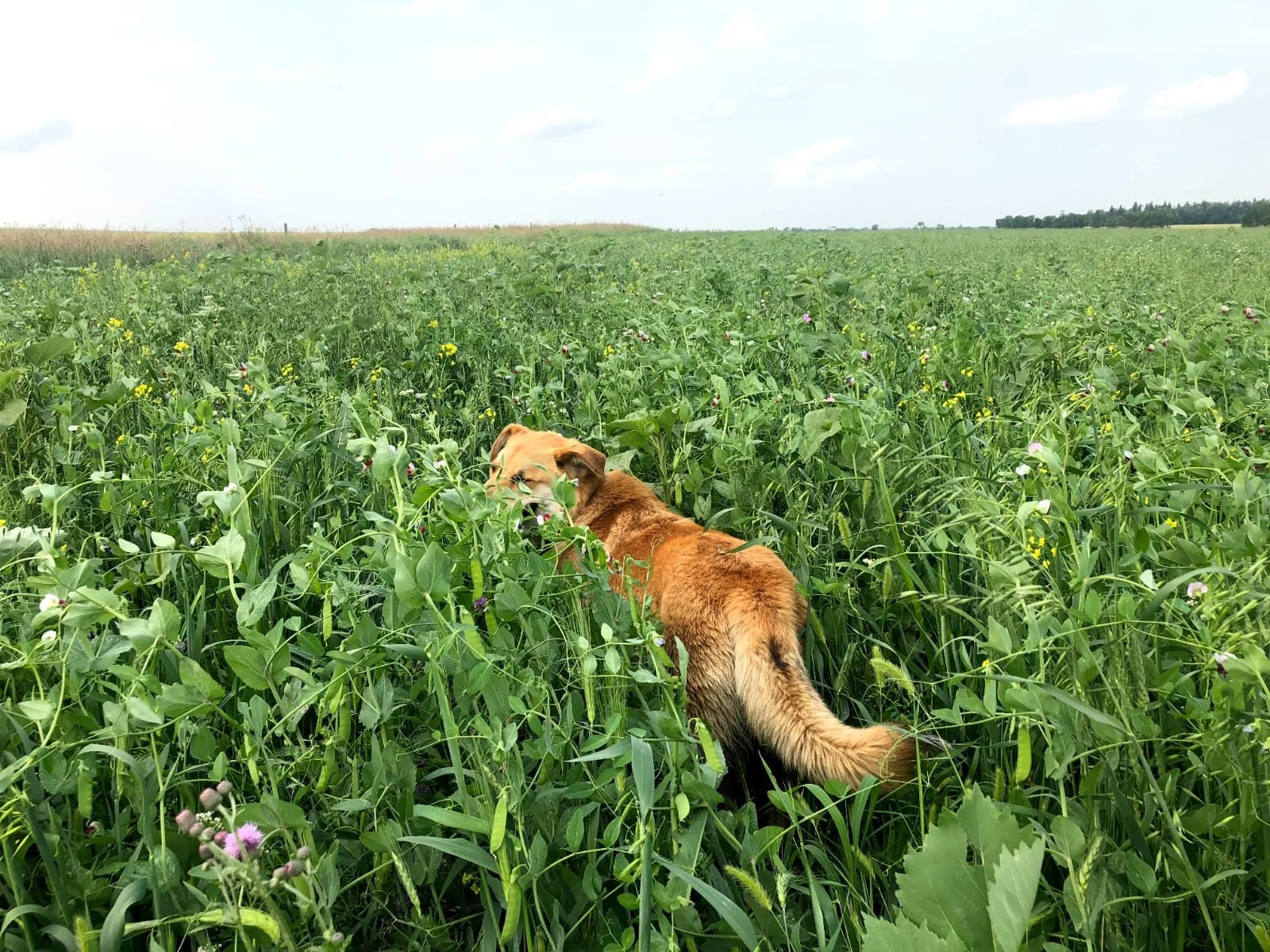Nitrogen Fertilizer: A Cattle Farmer’s Perspective
Connecting Farmers To Soil Health
Hello, Friends.
Today we wanted to come to you from the perspective of the cattle farmer as we are facing near-record high nitrogen fertilizer prices. What do these prices mean to the farmer - specifically, the cattle/mixed farmer. Who is better positioned to absorb these prices? What can you do to reduce your synthetic nitrogen bill this upcoming year?
Let’s get started by looking at the local price of nitrogen fertilizer.
2021 Nitrogen Prices
Average Price: $0.54/Ib
*Average of UAN, Urea, NH3
2022 Nitrogen Prices
Average Price: $1.00/Ib
*Average of UAN, Urea, NH3
Chart 1: Live Cattle Futures
Chart 2: Hard Red Spring Futures
It is no secret that fertilizer prices follow commodity prices. Therefore, grain farmers are better situated to absorb the higher costs. Unfortunately, these trends are not true for the cattle market. As fertilizer prices increase, cattle markets have been stagnate or in decline.
Legumes & multi-species blends
What can we do as cattle Farmers?
Image: 15 Species Full Season Cover Crop
Crunch your own Winter Forage ROI numbers with current nitrogen prices.
Consider a multi-species blend consisting of nitrogen-fixing legumes, nutrient scavenging broadleaves & mycorrhizal-dependent grasses.
Maximize Growing Season (Sunlight)
Pick species that will regrow after 1st cut has been harvested.
Stop writing cheques for synthetic nitrogen fertilizer. Utilize legumes in a multi-species blend.
“With 78 percent of the atmosphere being Nitrogen gas, why would I ever write a cheque for that. It just doesn’t make sense.”
- Gabe Brown
Image: Competition vs. Collaboration
Eliminate Nitrogen Fertilizer
Multi-species blends
Monoculture Environment: plants are all competing for the same sunlight, moisture & nutrients - all at the exact same time.
Multi-Species Environment: plants are forming symbiotic relationships with rhizobium bacteria, mycorrhizal fungi, and other soil micro-organisms to fix, solubilize & share nutrients among each other. The result is a healthy, functioning soil.
Important To Note: In a multi-species blend environment, the application of synthetic N fertilizer will inhibit legumes from forming a symbiotic relationship with rhizobium bacteria (lazy roots syndrome). This symbiotic relationship between the rhizobium bacteria and the legume plant is crucial for early & late season nitrogen production to the system, especially in a multi-species environment.
Image: Full Season Cover in 2021. St. Claude, Manitoba.
Image: Full Season Cover in 2021. Wawota, SK
Covers & Co. Blend Options
Multi-Species Winter Forage Options
Consider these full-season winter forage options to eliminate the need for nitrogen fertilizer, improve the resiliency of your soil & provide a balanced (energy & protein) feed ration.
Full Season Cover: Our most popular blend. Lower input costs, provide a balanced feed ration & transform your soil to infiltrate & hold water. Regrowth.
Do not apply Nitrogen Fertilizer. Synthetic N fertilizer will inhibit legumes from forming a symbiotic relationship with rhizobium bacteria (lazy roots syndrome). This relationship is crucial for early & late season nitrogen production to the system. Inoculant required.
Cool Season Cover: A full-season cover option without the insurance (drought tolerance) of warm-season plant species. A great next step from a pea/oat blend. Regrowth.
Do not apply Nitrogen Fertilizer. Synthetic N fertilizer will inhibit legumes from forming a symbiotic relationship with rhizobium bacteria (lazy roots syndrome). This relationship is crucial for early & late season nitrogen production to the system. Inoculant required.
Sod Seeded Cover: These annual plant species selected for this blend will give you your best chance of penetrating and establishing a root system when sowing into sod.
Do not apply Nitrogen Fertilizer. Synthetic N fertilizer will inhibit legumes from forming a symbiotic relationship with rhizobium bacteria (lazy roots syndrome). This relationship is crucial for early & late season nitrogen production to the system. Inoculant required.
FULL SEASON COVER
Interested in learning more?
Reach out to a member of our team to discuss strategies to reduce input costs & improve the health of the soil on your farm. To learn more about funding available to farmers for adopting multi-species cover crops, click here.
With Gratitude,
The Covers & Co Team
Joseph Gardiner, Travis Avery, Owen Taylor, Mark Fallis










